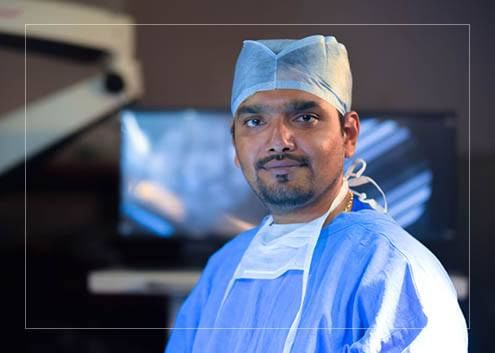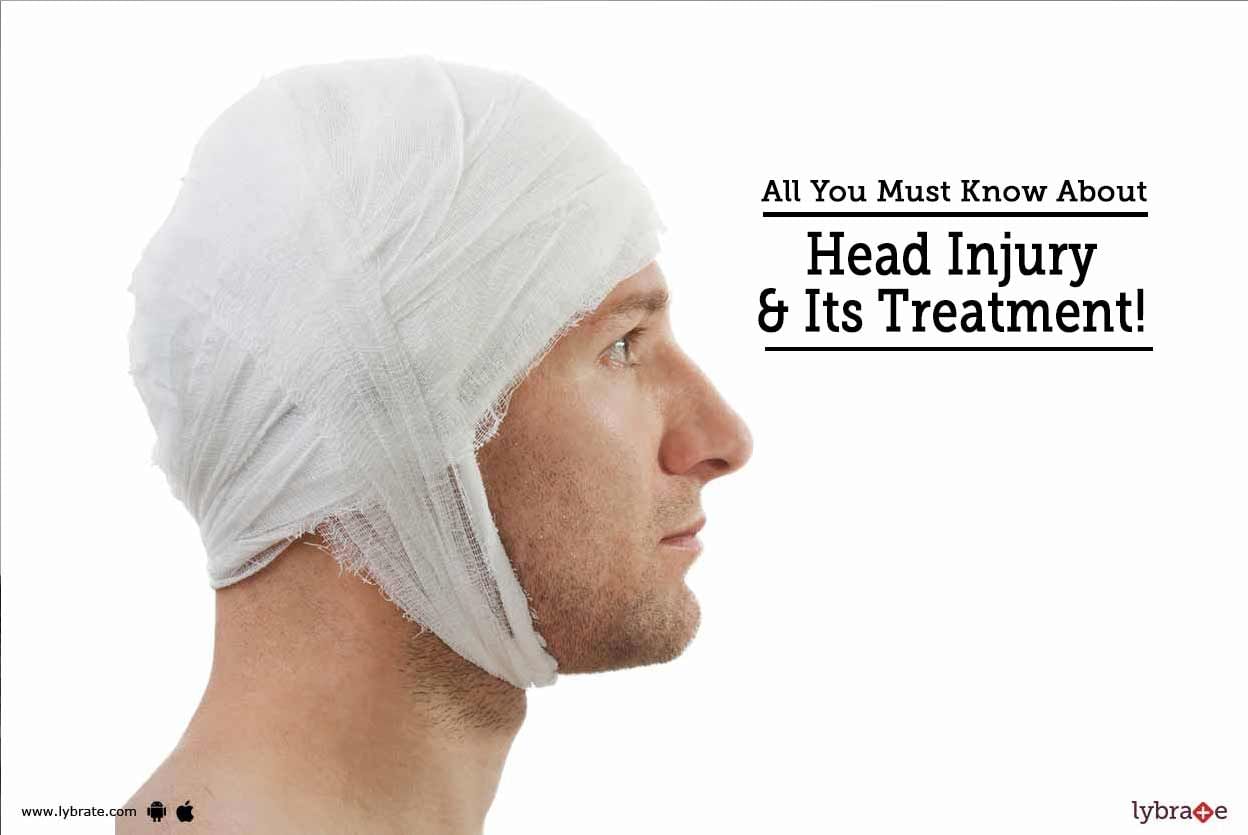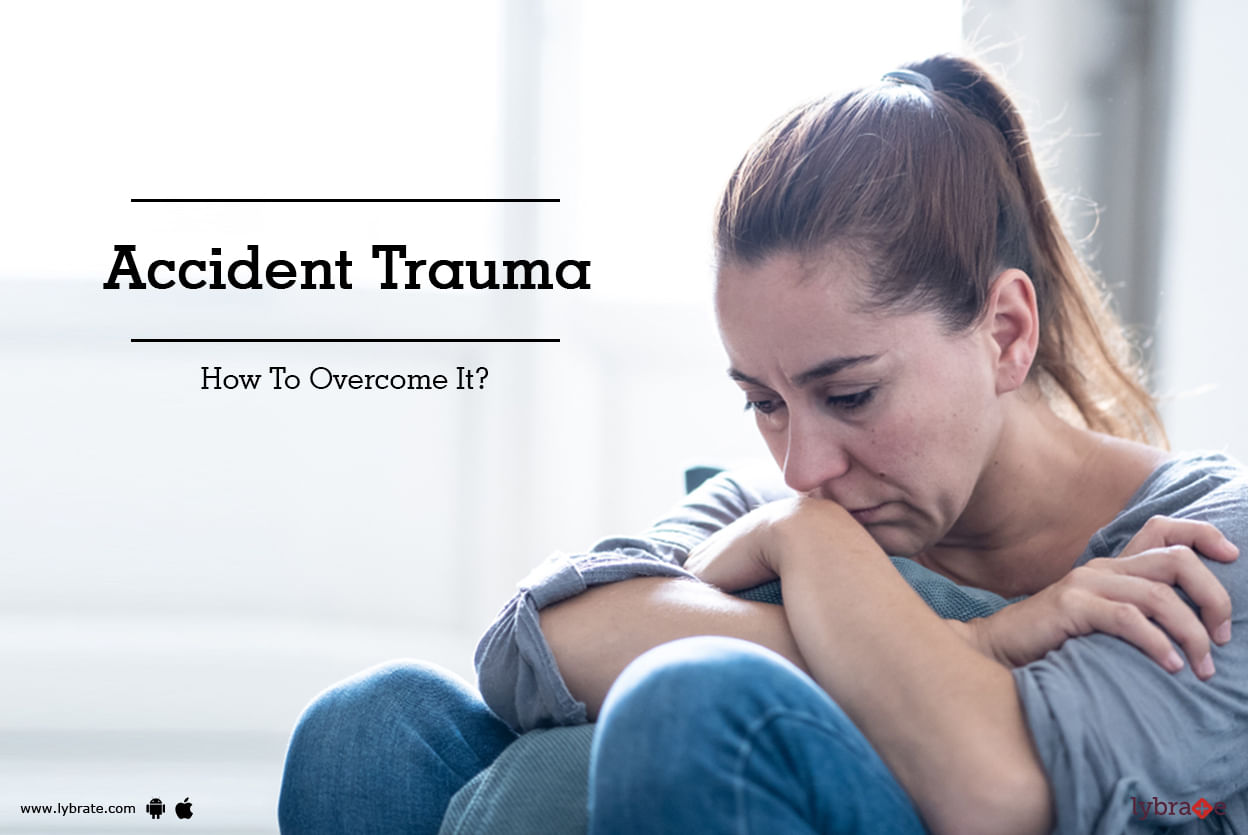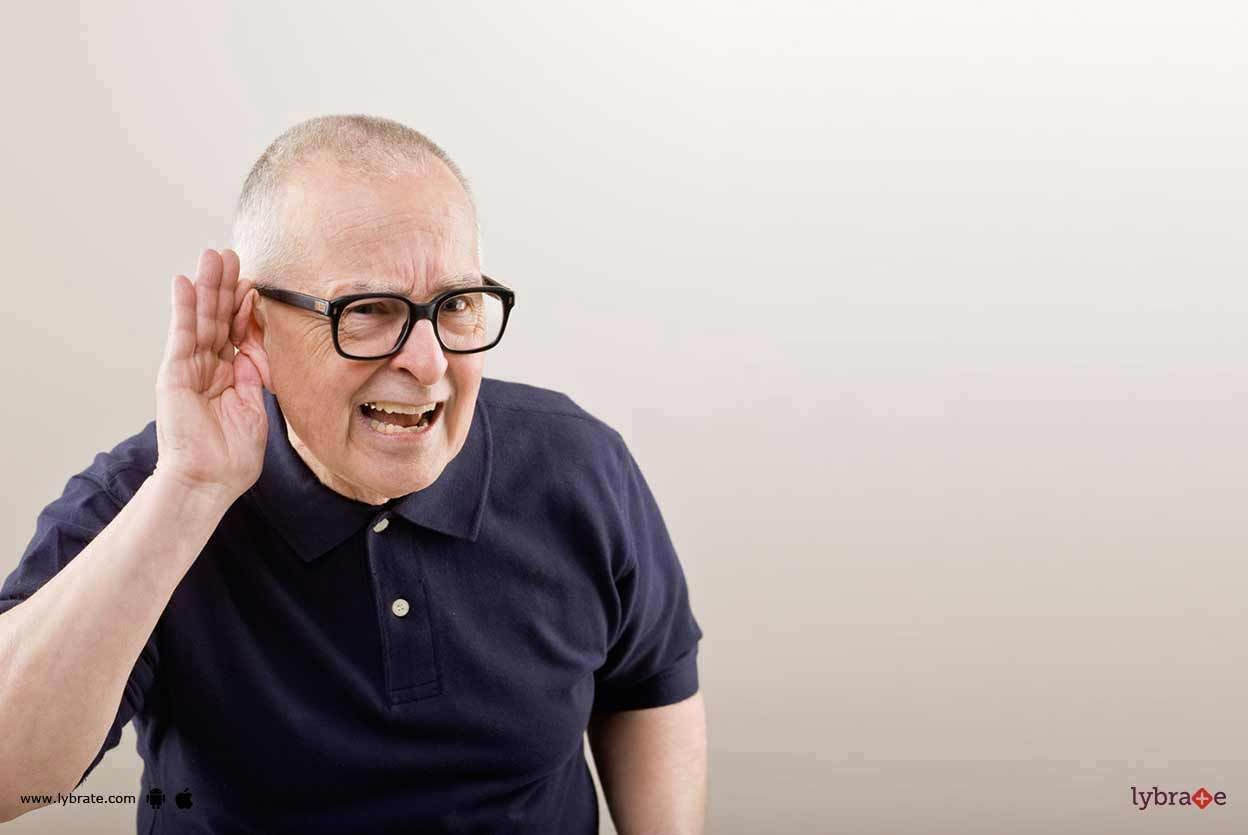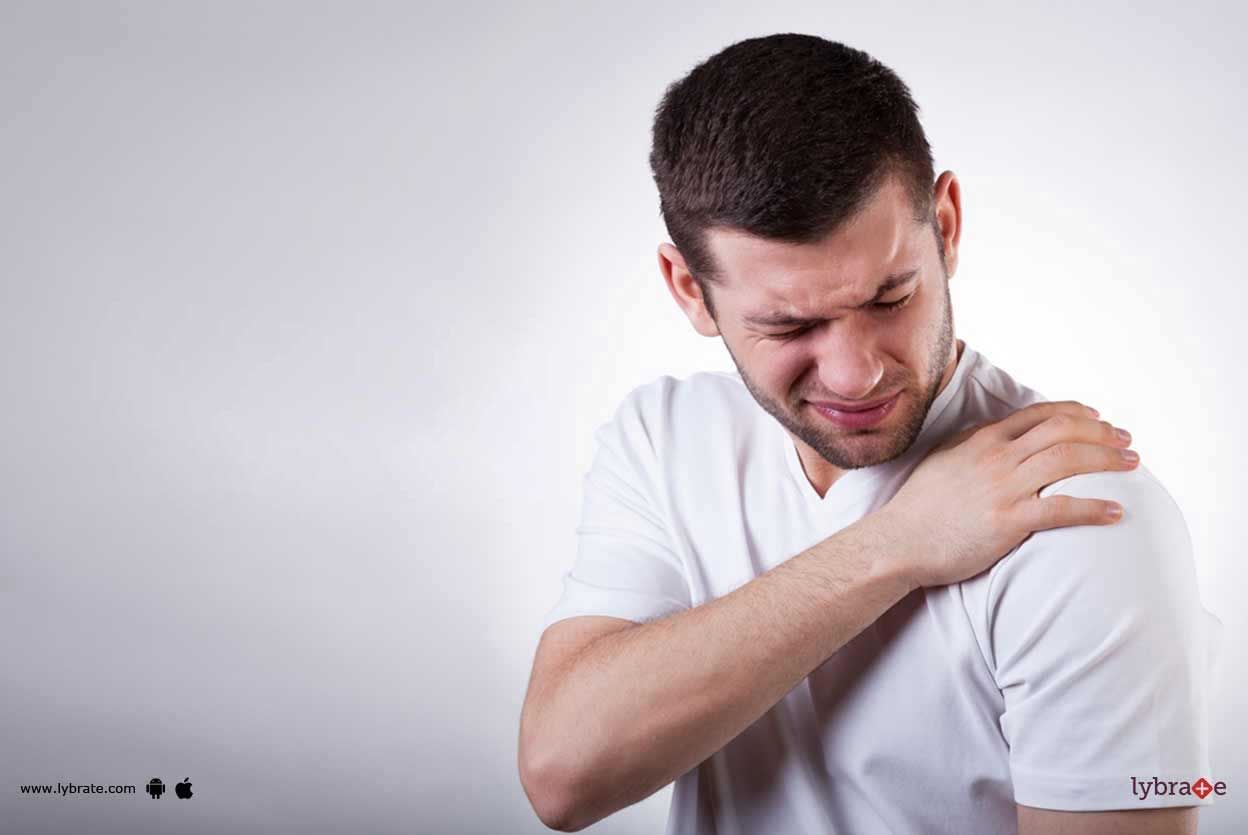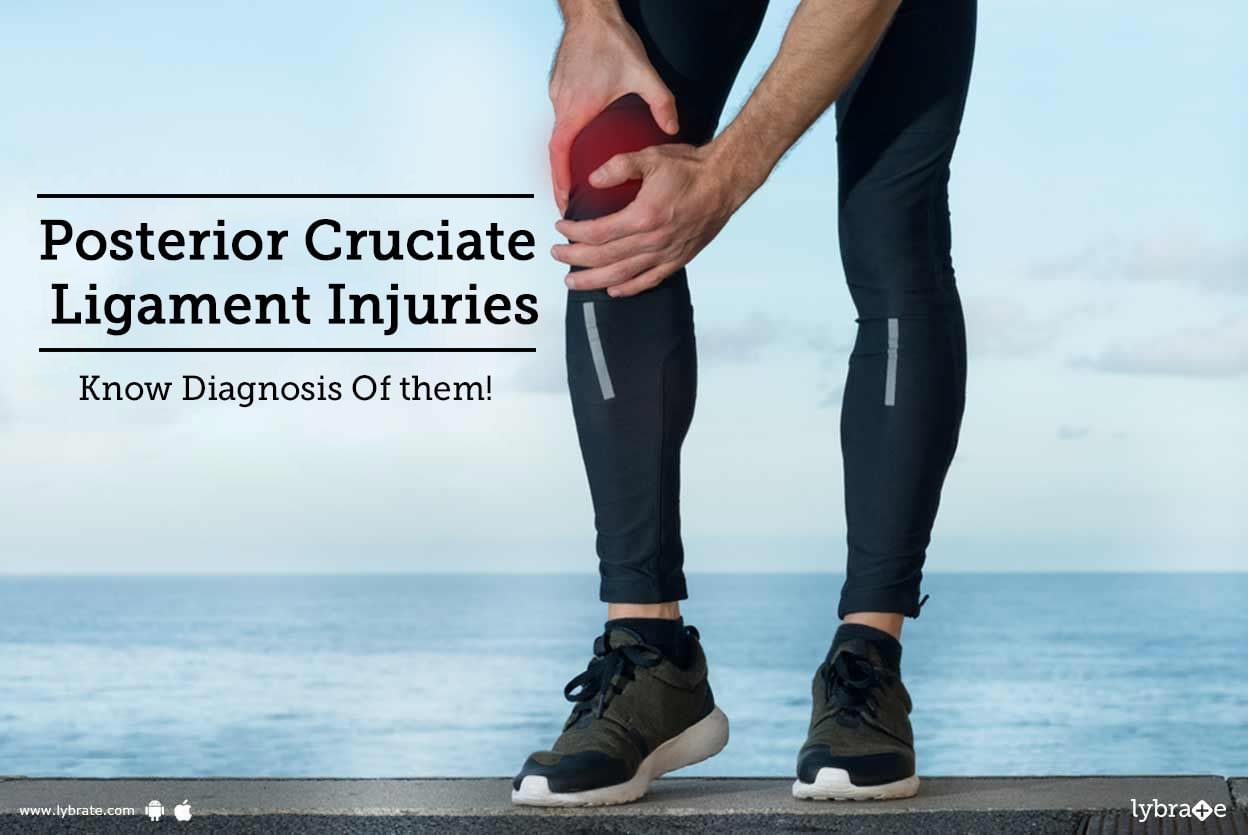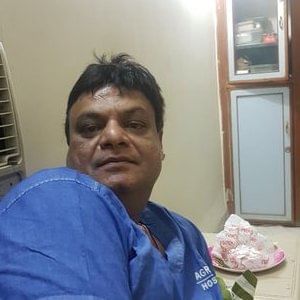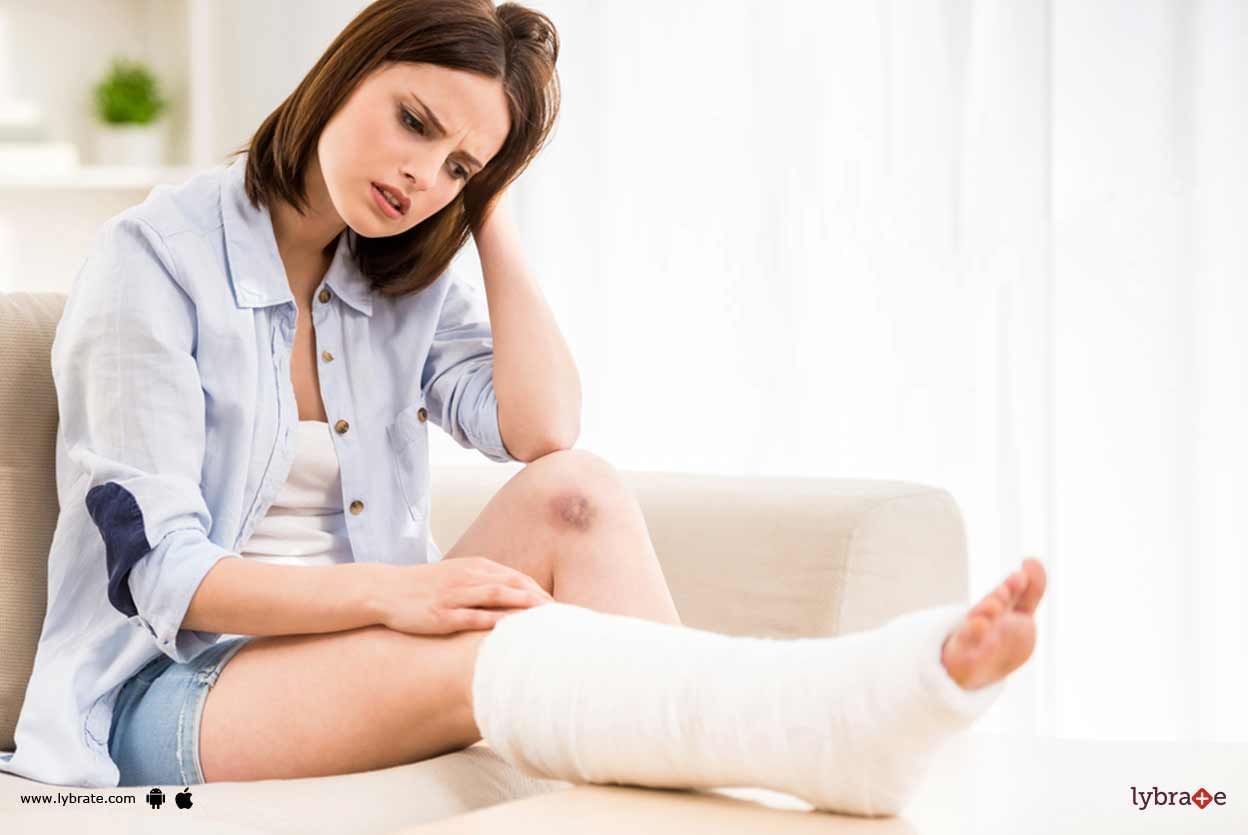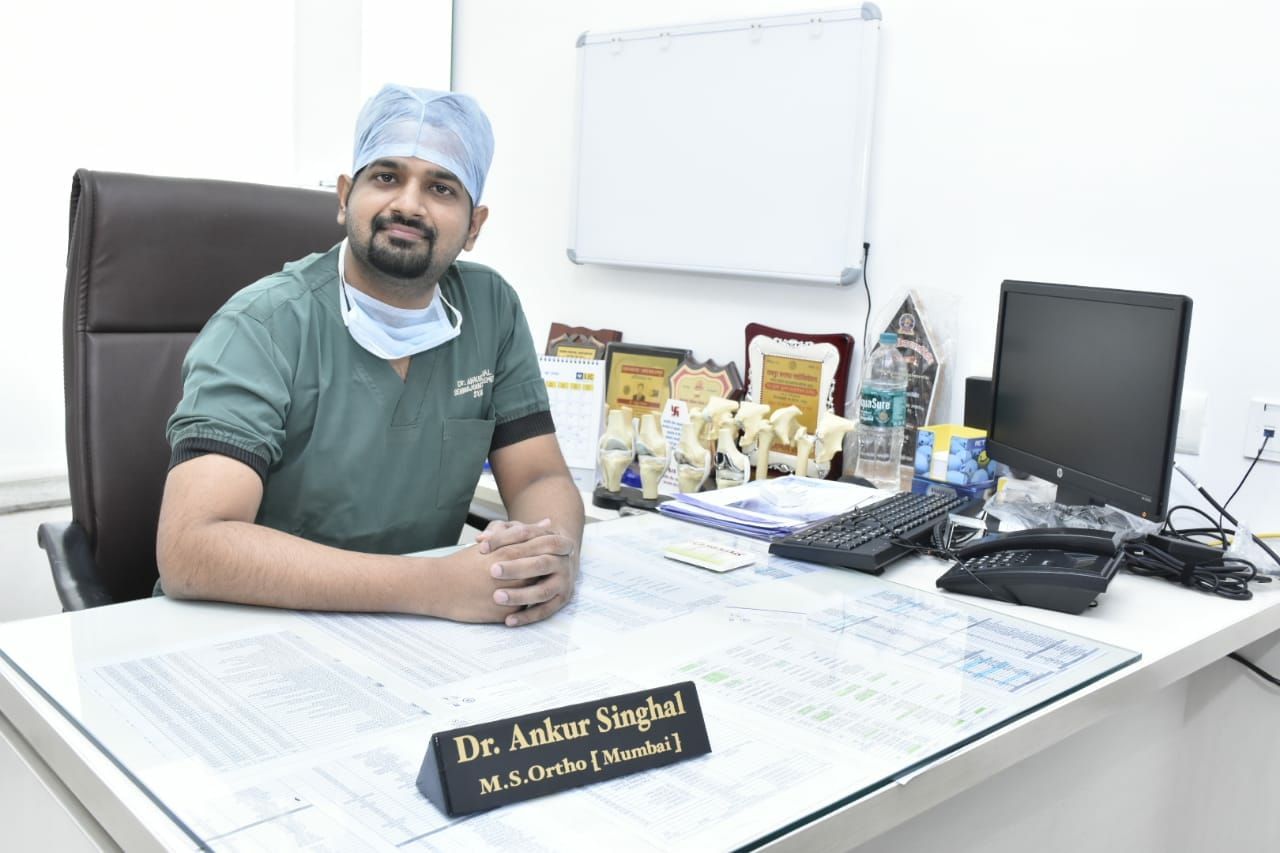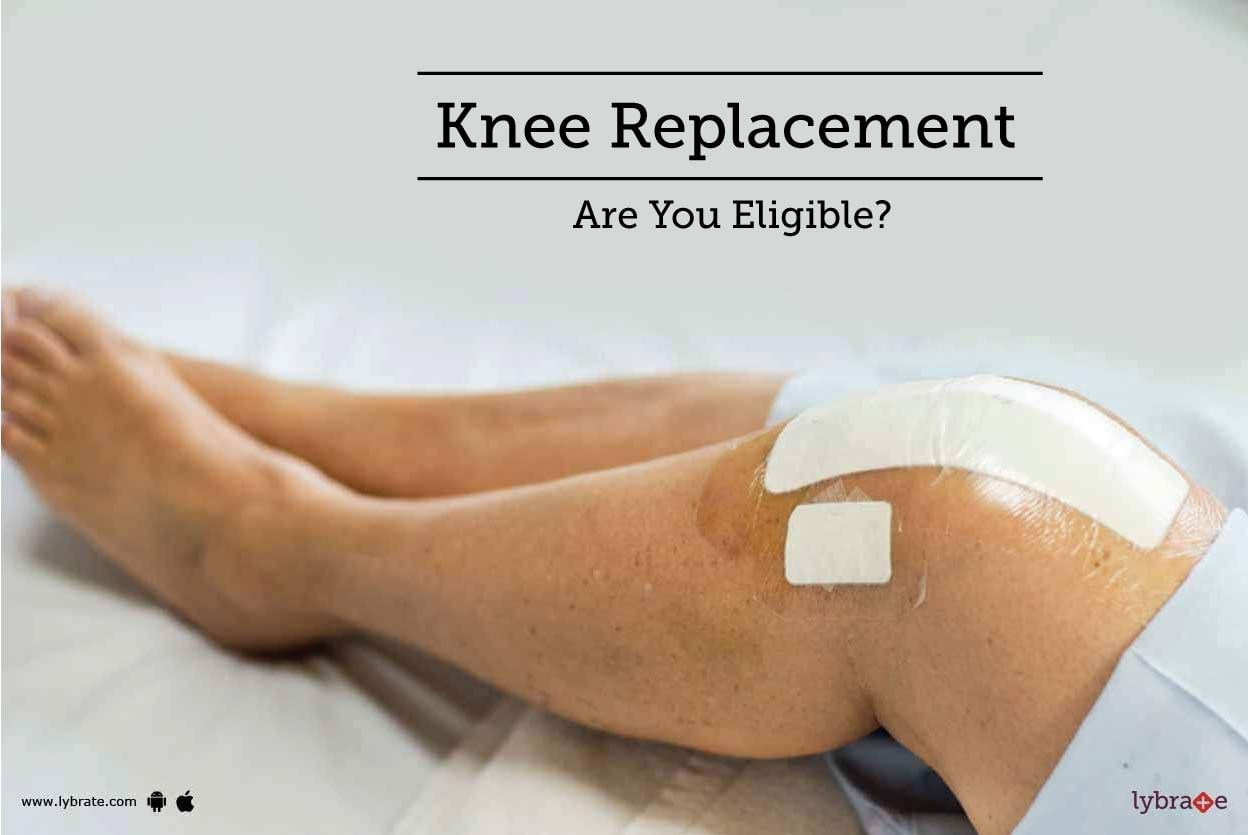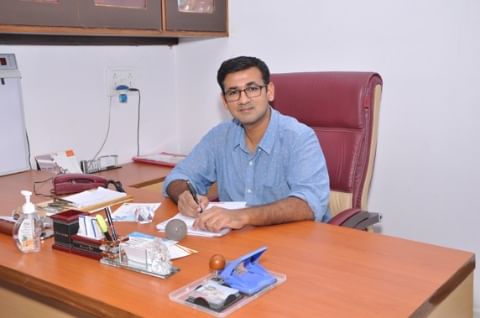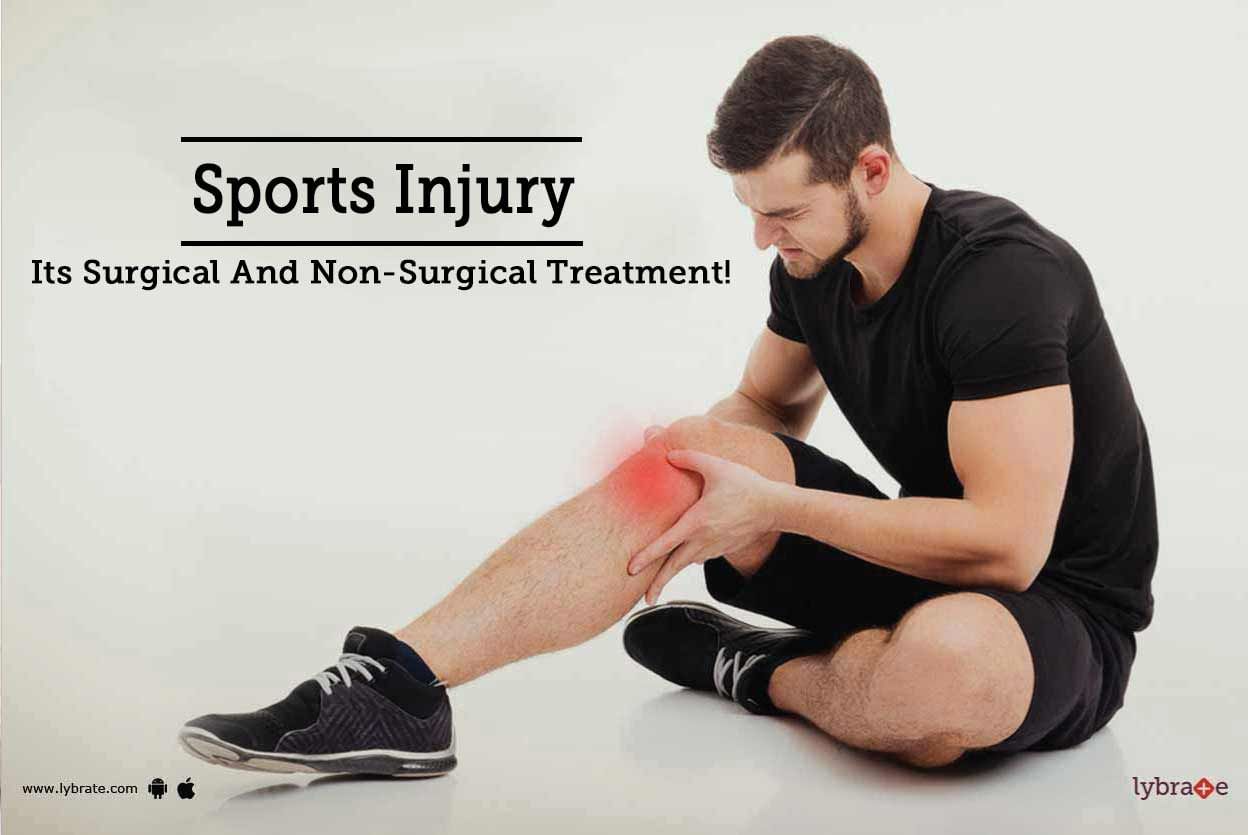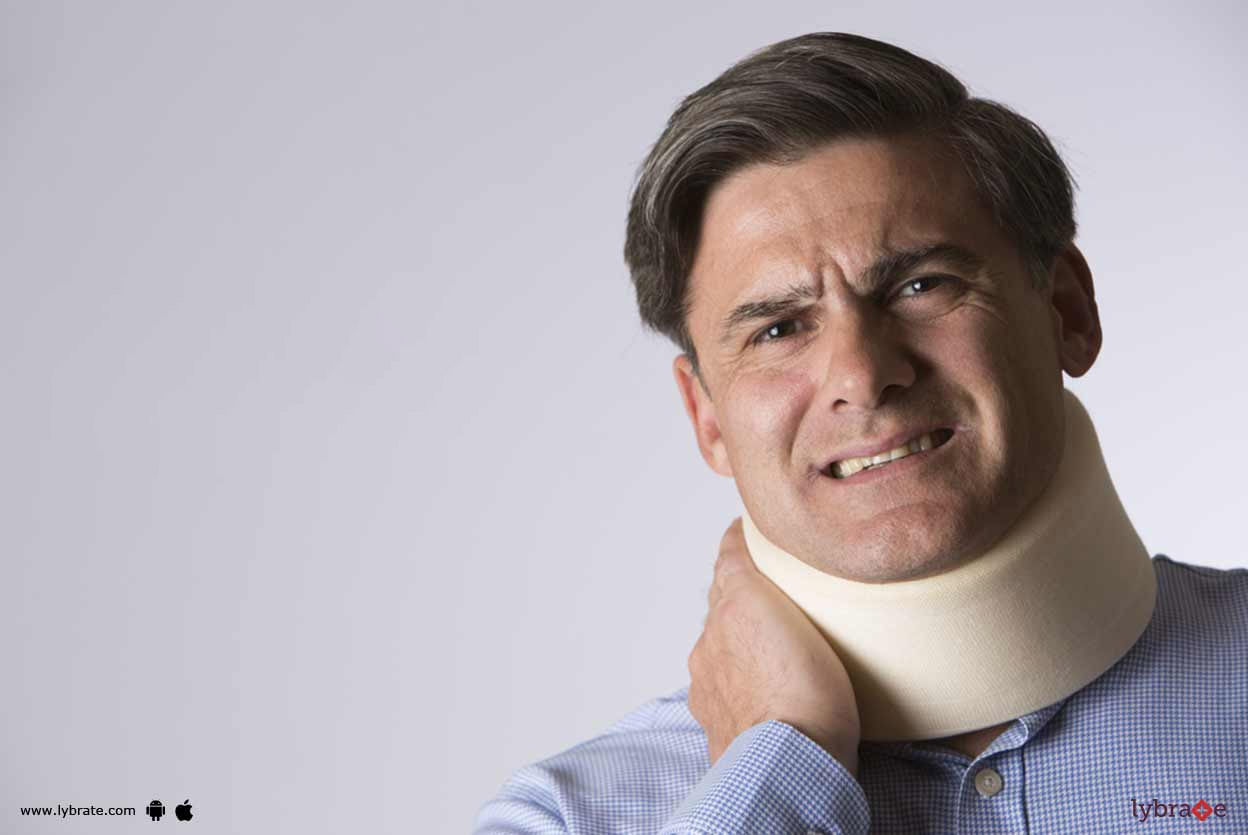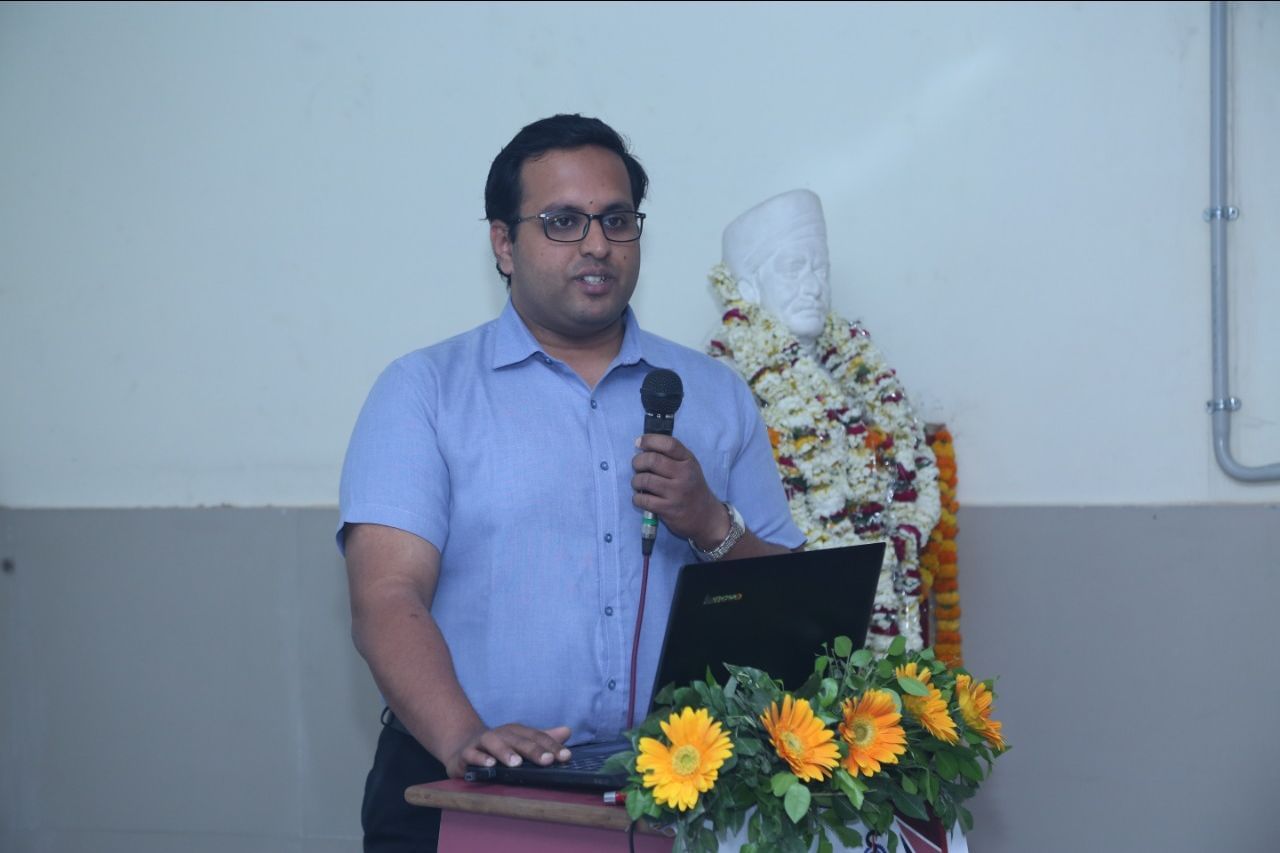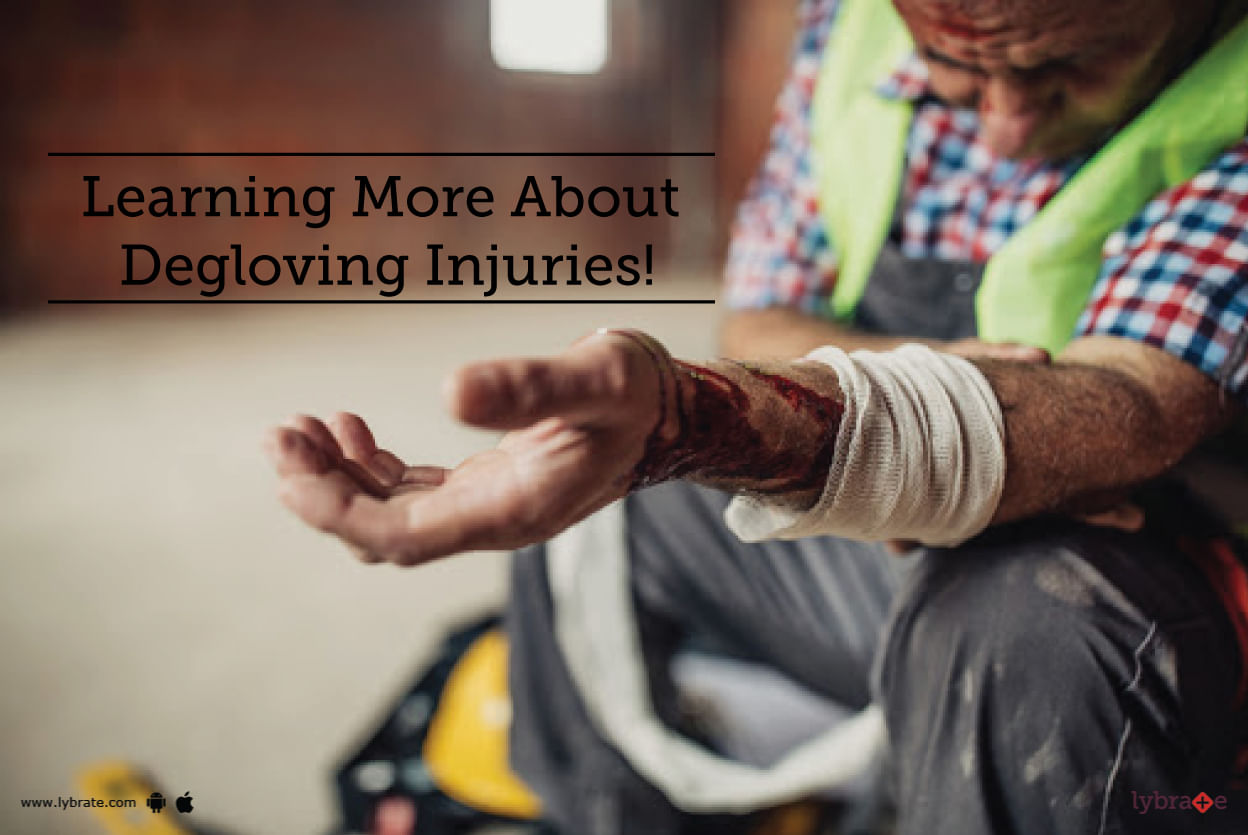Get the App
For Doctors
Login/Sign-up
Health Feed
Find Doctors
Health Packages
AllQ&AsTipsQuizzes
Accident Injuries Tips
Last Updated: 5 years ago• Featured Tip
Share
Bookmark
Report
Injuries are very common, especially head injuries are one of the leading causes of death and disability in adults. As per surveys conducted, 1.7 million people suffer from head injuries every year and this estimation is increasing day by day.
There are several types of head injuries from mild as a cut, bruise, bump, contusion to severe ones caused due to a concussion, fractured skull bone, deep cut, internal bleeding, brain damage, etc.
A head injury is a comprehensive term wh...more
There are several types of head injuries from mild as a cut, bruise, bump, contusion to severe ones caused due to a concussion, fractured skull bone, deep cut, internal bleeding, brain damage, etc.
A head injury is a comprehensive term wh...more
Last Updated: 6 years ago• Featured Tip
Share
Bookmark
Report
Post-traumatic stress disorder (PTSD) can occur after one has been in an accident or has faced an event that has left a scar in their memory. The accidental trauma overpowers you with sentiments of misery and weakness, which in turn can trigger PTSD. Here are a few ways in which you can get over the trauma.
Tip 1: Get moving
Exercise can help your nervous system relax and be unstuck on the trauma by discharging endorphins.
Rhythmic exercises that use both your arms and legs...more
Tip 1: Get moving
Exercise can help your nervous system relax and be unstuck on the trauma by discharging endorphins.
Rhythmic exercises that use both your arms and legs...more
Last Updated: 6 years ago• Featured Tip
Share
Bookmark
Report
The ear is a very sensitive organ of the body which can be damaged very easily. Ear trauma can be caused in the outer ear or middle ear or the inner ear. Ear traumas are mostly seen occurring due to motorbike accidents, blasts happening in a war zone or sometimes at sporting events.
The outer ear, or the part of the ear that is visible, only that can sustain ear traumas or an actual loss of the part of the ear. Trauma to the outer ear can happen due to mainly motorbike injuries or injur...more
The outer ear, or the part of the ear that is visible, only that can sustain ear traumas or an actual loss of the part of the ear. Trauma to the outer ear can happen due to mainly motorbike injuries or injur...more
Last Updated: 6 years ago• Featured Tip
Share
Bookmark
Report
A dislocated shoulder is an injury in the shoulder joint, which is the most mobile joint present in the body. A dislocated shoulder injury occurs when the upper arm bone juts out of the socket in your shoulder blade. The shoulder is capable of moving in several directions, so a shoulder dislocation can happen through either the front of your shoulder or the back of your shoulder, although most dislocations happen through the front of the shoulder.
Shoulder Dislocation Causes
Shoulde...more
Shoulder Dislocation Causes
Shoulde...more
Last Updated: 6 years ago• Featured Tip
Share
Bookmark
Report
Posterior cruciate ligament helps to hold the knee together. If there is a ligament tear, it results in pain, swelling and redness. The cruciate ligament connects the important tibia to the femur. Any injury to the posterior cruciate ligament may take months to heal and has the potential to cause instability and disability.
Signs and symptoms: The symptoms and signs of a posterior cruciate ligament injury include moderate to severe pain resulting in difficulty in walking and limp. The k...more
Signs and symptoms: The symptoms and signs of a posterior cruciate ligament injury include moderate to severe pain resulting in difficulty in walking and limp. The k...more
Last Updated: 6 years ago• Featured Tip
Share
Bookmark
Report
Broken bone is commonly known as bone fracture a d it occurs when an exorbitant amount of force is applied causing the bone to split or shatter. While some minor fractures lead to cracks and crannies, others may lead to complete breakage of the bones. Despite being hard, bones are formed in such a way that they can absorb pressure to only a certain extent, beyond which they break. Statistically, the incidence of broken bones are most common in children and in old age people.
Causes of B...more
Causes of B...more
Last Updated: 6 years ago• Featured Tip
Share
Bookmark
Report
Knee injuries are the most complex injuries of bone and cartilages. A direct hit can lead to this situation. You may get this injury while doing your daily activities. An activity as simple as walking or a deadly accident can lead to this injury. You never know, when you are left with a damaged knee. In critical cases, you are advised to undertake a joint replacement surgery.
According to latest studies, doctors replace more than a million knees or hips in a year in the United States. I...more
According to latest studies, doctors replace more than a million knees or hips in a year in the United States. I...more
Last Updated: 6 years ago• Featured Tip
Share
Bookmark
Report
Knee is a complex structure of your body made up of bones, ligaments, tendons, articular cartilage, muscles and meniscus. Knee is a very important joint as it plays a crucial role in human movement and is also very much prone to injuries. Your shoulder like your knee is also composed of bones, ligaments, tendons and muscles. It is the most flexible joint of your body and because of its frequent movement is also vulnerable to injuries. Knee and shoulder injuries can happen due to various reasons ...more
Last Updated: 6 years ago• Featured Tip
Share
Bookmark
Report
A whiplash injury usually occurs when your neck gets strained after an accident that causes it to jerk. In spite of the fact that it is normally connected with car crashes, any effect or blow that causes your neck or head to jerk forward or backwards can cause a whiplash injury. The sudden shock or force extends and tears the muscles and ligaments in your neck.
Whiplash is usually caused by vehicular accidents. After the effect, the lower cervical vertebrae are constrained into a place ...more
Whiplash is usually caused by vehicular accidents. After the effect, the lower cervical vertebrae are constrained into a place ...more
Last Updated: 6 years ago• Featured Tip
Share
Bookmark
Report
Degloving or Avulsion is an injury that is caused when the underlying muscles or bone are ripped off from the top layer of an individual s skin. This can happen to any part of the body depending upon its type. Degloving involves massive loss of blood and death of tissues which makes it life-threatening. This Degloving is majorly caused by trauma with other causes such as accidents or injuries where the skin is pulled away from the body at comparatively low speed or an individual s body part pull...more
Book appointment with top doctors for Accident Injuries treatment
View fees, clinic timings and reviews
Ask a free question
Get FREE multiple opinions from Doctors
posted anonymously

